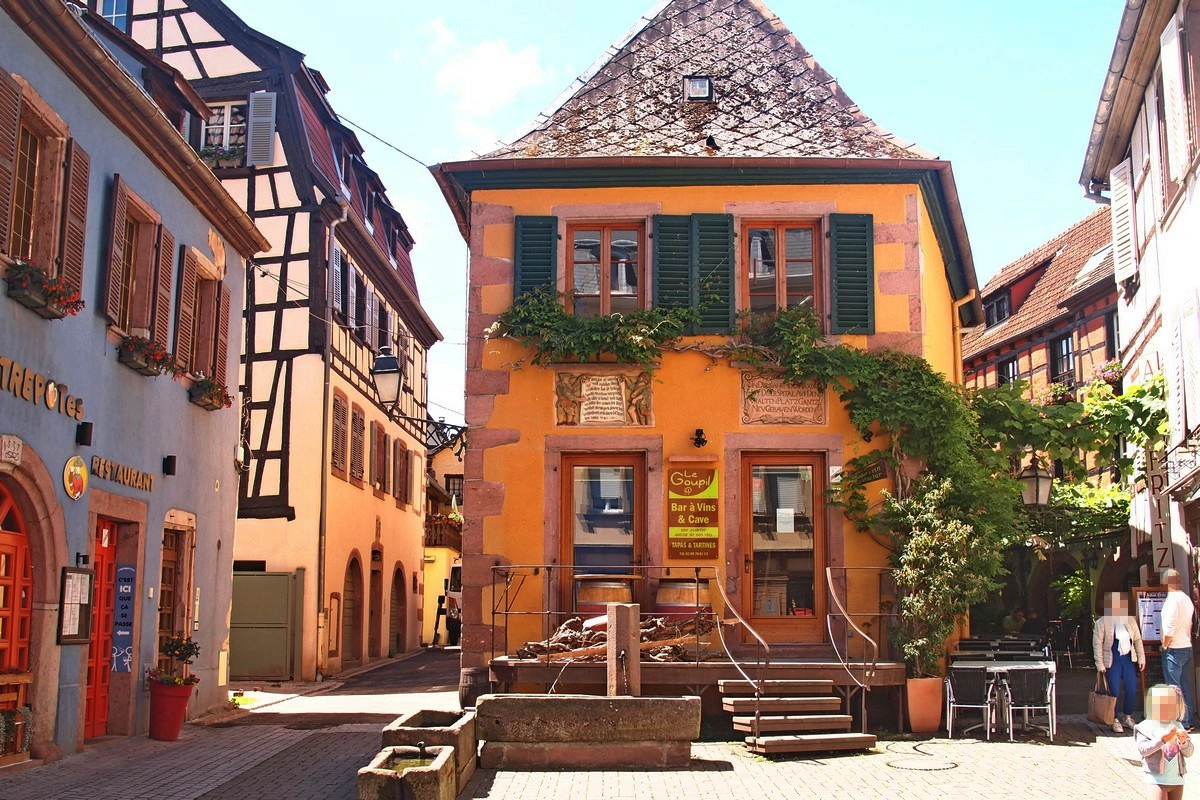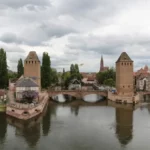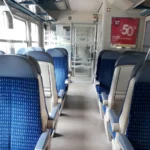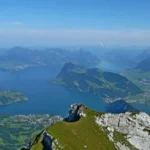Last Updated on 17/10/2023
We continue to explore Alsace attractions. In the previous part, we got from the north to Selestat. Now let’s go further south. Here the number of attractions and picturesque towns increases. Endless vineyards stretch along the hills, and in the half-timbered old villages you will find no less endless vinotheques.
Maps nearby:
What to see in Alsace. 1. Northern Alsace
Strasbourg (Strassburg). What to see
Southern Alsace. Mulhouse
Basel
Attractions of Black Forest (Schwarzwald). 1. From Altensteig to Gengenbach
From Gengenbach to Wildkirch
Alsace attractions on the map
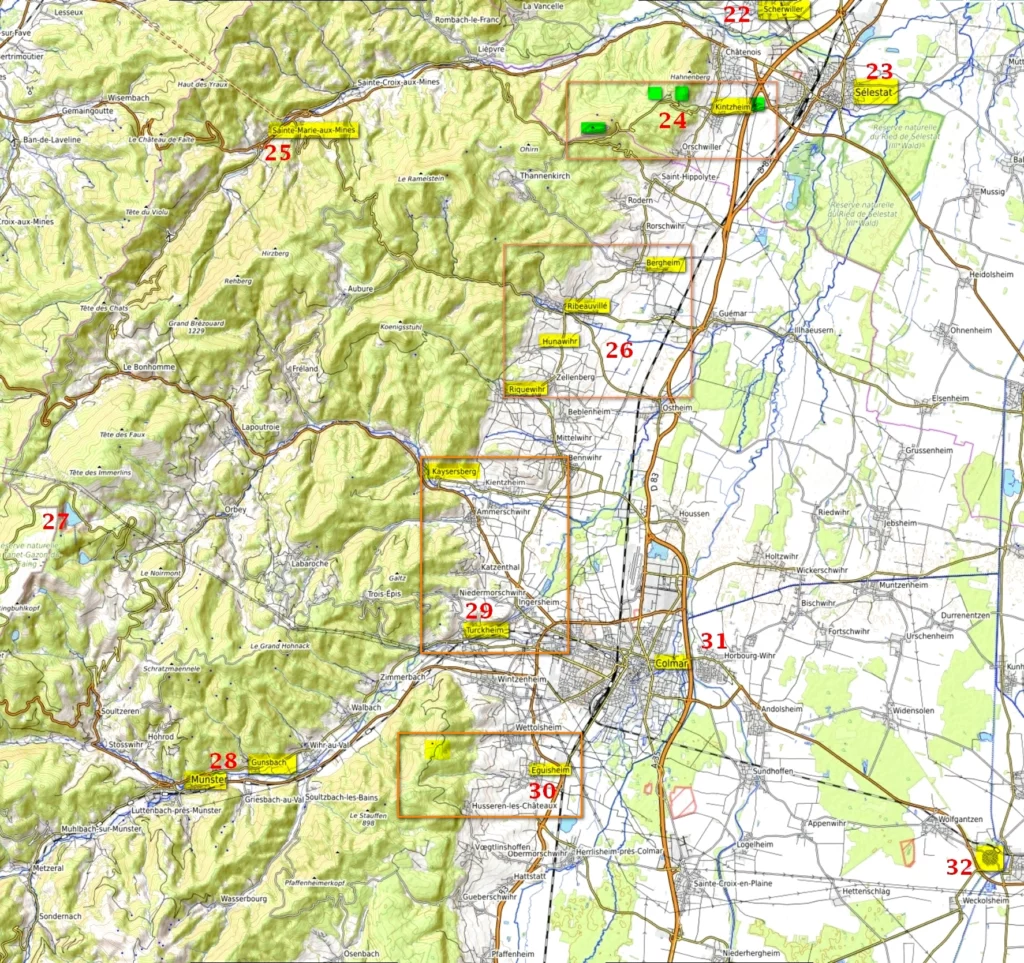
Everything important that you can see in the region – with notes and links.
- 1 – top
- 2 – very good, although not so well known
- 3 – good for a short vacation or a layover. Several medium-level interesting places
- 4 – local or specific, not for everyone
Marks without brackets – I was there (there are links to the posts). With brackets – I wasn’t there. Of course, the notes are subjective
“Lists of the most”
Lable “the most beautiful village” – link
Lable “small town with character” – link
Lable “special” garden (Jardin Remarquable) – link
Alsace public transport and welcome cards
History of half-timbered houses
(3)
22. Scherwiller
Bus from Selestat Station.
Castle Ortenbourg.
2/3
23. Selestat
Old town
Museum of the bread (link).
Humanist Library (link).
More about what to see in Selestat and around it: Selestat and around: Koenigsbourg Castle, Monkey Mountain, Cigoland
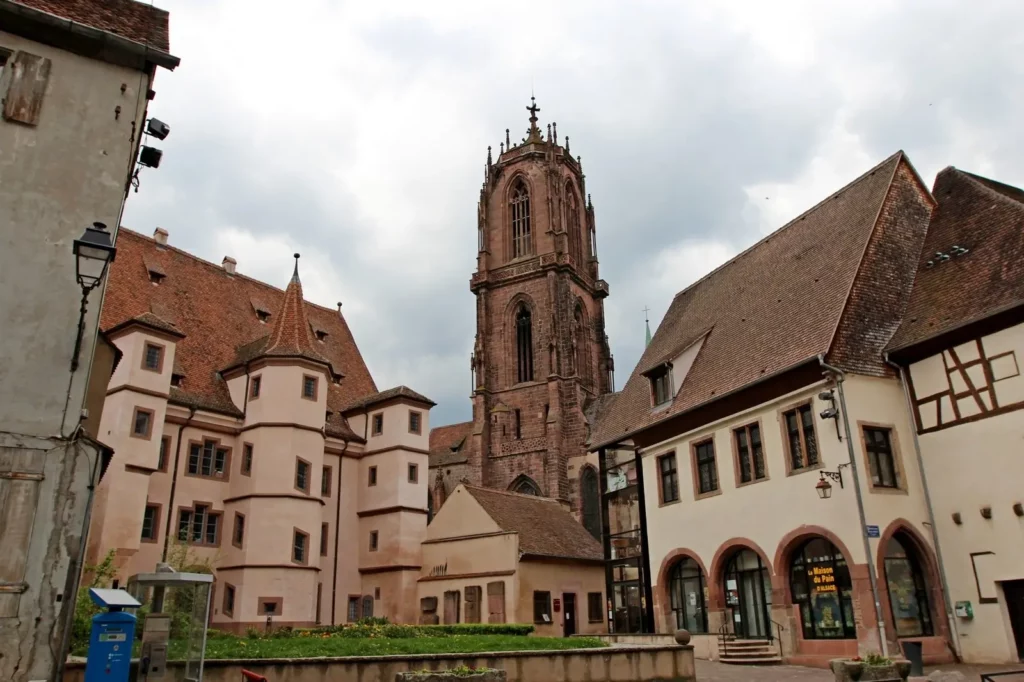
2
24. Kintzheim and around
Kintzheim – old town
All attractions are served by Navetta 500 from Selestat Station. Please note: if you visit more than one attraction, then you should pay attention to day tickets, including for a group.
If you need to get off in the middle of the route – sit next to the driver! He regularly ignores intermediate stops, does not look at the signal of the button and does not hear what is yelled at him.
Nearby:
amusement park Cigoland (link)
castle Haut-Koenigsbourg (restored at the turn of the 19th-20th centuries, link)
birds of prey show (www.voleriedesaigles.com)
and “monkey” mountain, where you can walk through the forest, where monkeys live without enclosures (link).
More about these attractions: Selestat and around: Koenigsbourg Castle, Monkey Mountain, Cigoland
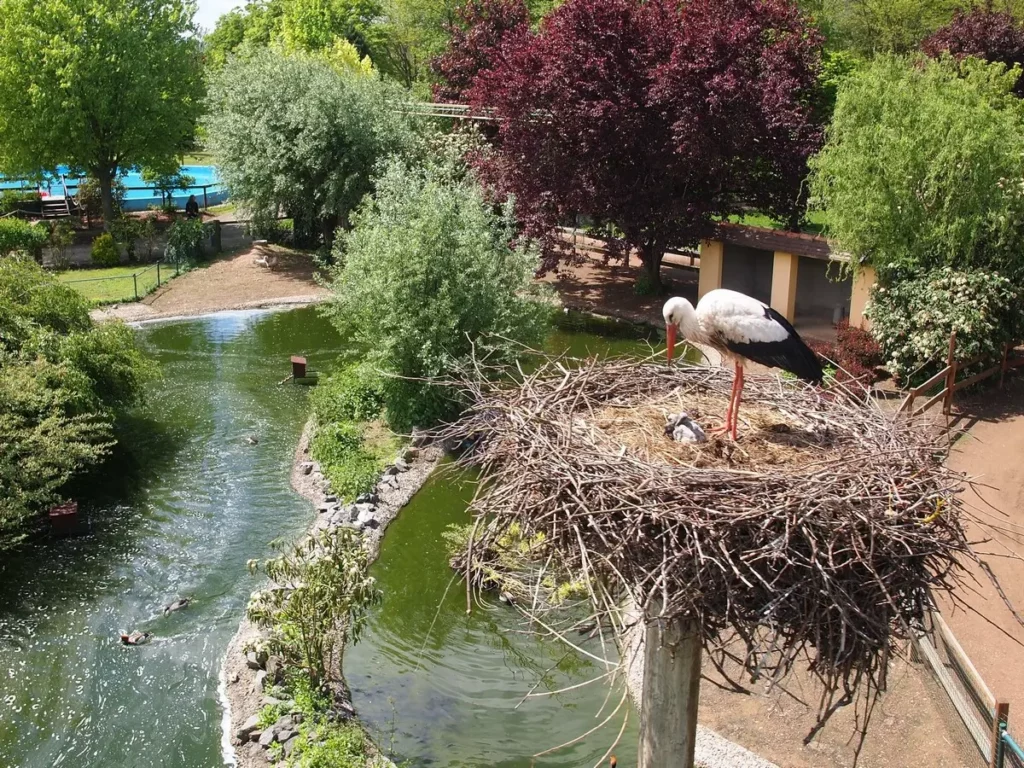
(4)
25. S. Marie aux Mines
Bus from Selestat Station goes only to the city, but there is still far from the mine.
Mine Tellure (link). The mine is suitable primarily for those who are interested in history. There are not so many special visual lures, the guide’s story is more important. The German-speaking tour guide is an exceptionally motivated and interesting storyteller. Naturally, you also need to know enough French or English or German to understand everything. A visit to the mine consists of a guided tour (45 minutes) and a small museum.
The valley is famous for mining. The city hosts an international auction of stones. Unfortunately, the mine and the city look somewhat abandoned – there are few people, the city seems shabby. The authorities did not think of attracting tourists with additional entertainment, although the area is picturesque and nearby tourist cities would give them the necessary tourist flow.

1/2
26. Ribeauville, Hunawihr, Riquewihr, Bergheim
A group of cities on the wine road. In each half-timbered old center, wineries with tasting.
From Colmar bus 106 Riquewihr – Hunawihr – Ribeauville.
From Selestat bus 109. Watch out for lunch breaks!
Kut’zig – open-top bus through wine towns for about 15 euros (link).
Bergheim -old city with a fortress wall.
Hunawihr – in addition to being a picturesque old town (from the list of the most), there are Naturoparc park nearby (storks, otters, penguins, www.cigogne-loutre.com), butterflies (very small, www.jardinsdespapillons.fr)
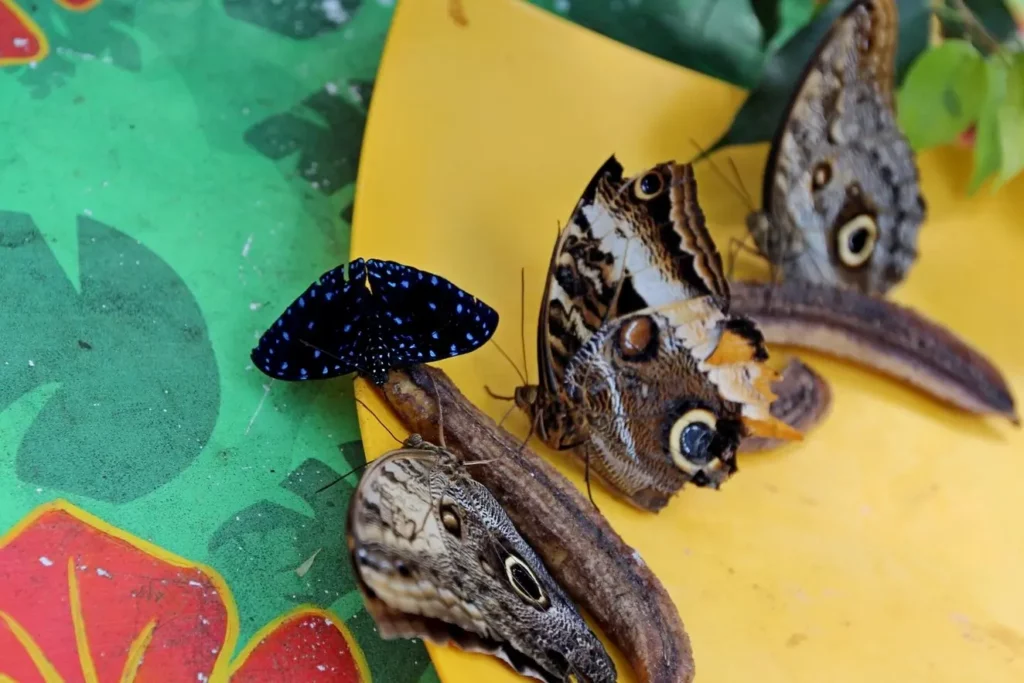
Ribeauville
Ribeauville – the old city in the form of one long street and the ruins of three fortresses above it. The climb to the fortresses is very steep, and they are located at a decent height.
Alsace Wine Route. 1. Ribeauville, Riquewihr
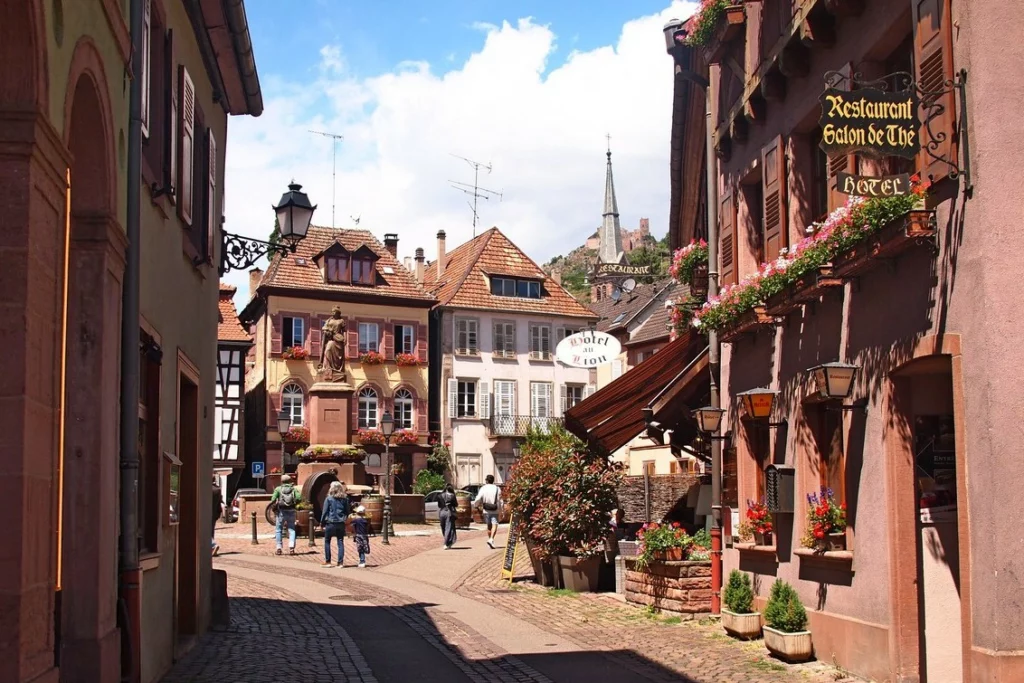
Riquewihr
Riquewihr – picturesque old town (from the list of the most) with preserved city fortifications and medieval architecture. Prison museum with a tortur room.
If you are going to Alsace during the high season (summer), I recommend that you take pity on this little town and don’t be one of the millions of tourists who visit it a year. The other cities listed here are just as good (in some places better)!
Alsace Wine Route. 1. Ribeauville, Riquewihr

(4)
27. Lac Blanc
Two lakes, rope park (link), hiking trails in the mountains.
(4)
28. Munster valley
Cheese making center in Gunsbach, home of Albert Schweitzer
You can get there by train from Colmar
2/3
29. Kaysersberg, Turckheim
Old towns.
Alsace Wine Route. 2. Kaysersberg and Eguisheim
How to get to Kaysersberg:
bus 013 from Colmar or R13 from Freiburg via Colmar
bus 015 from Colmar
You can get to Turckheim by train from Colmar
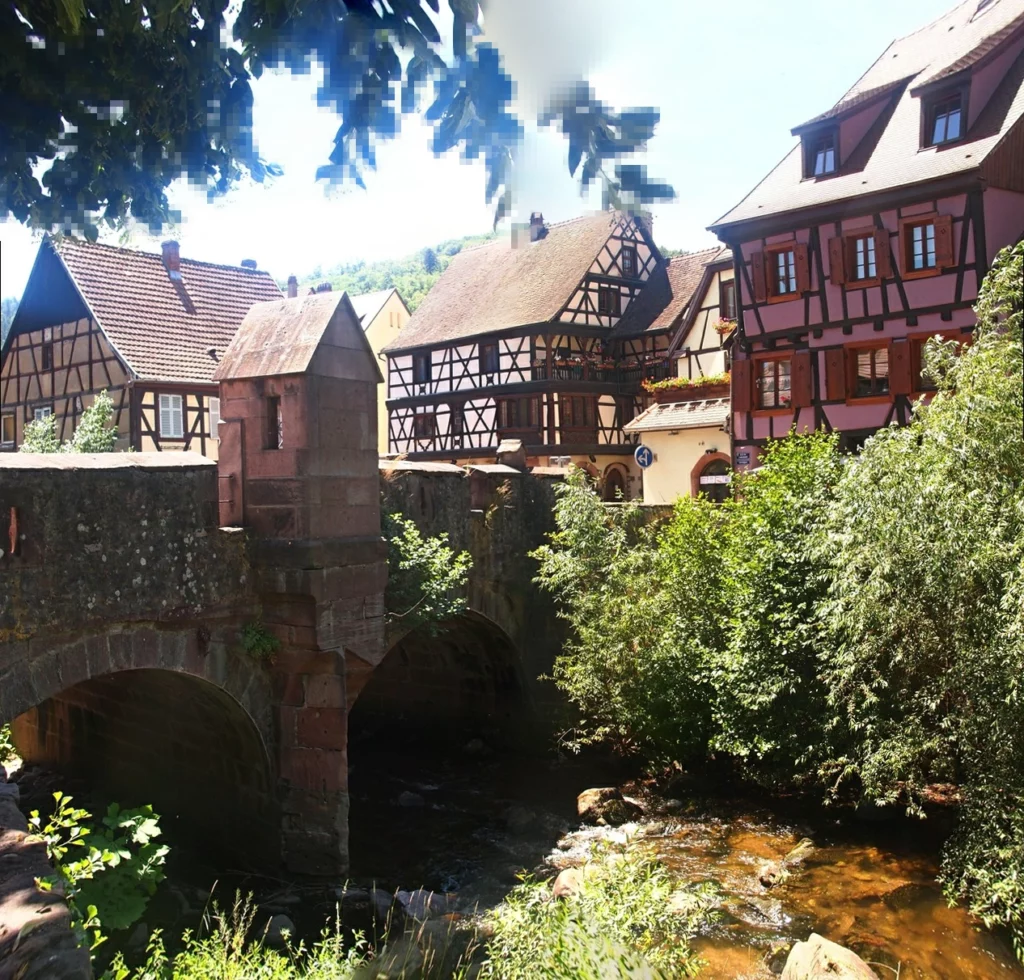
1/2
30. Eguisheim
Particularly picturesque old town. Near the ruins of three fortresses and one fortress with a visit – Hohlandsbourg (Link)
Alsace Wine Route. 2. Kaysersberg and Eguisheim
How to get to Eguisheim. Bus 208 or 440 from Colmar.
Kut’zig – open-top bus through wine towns for about 15 euros (link).
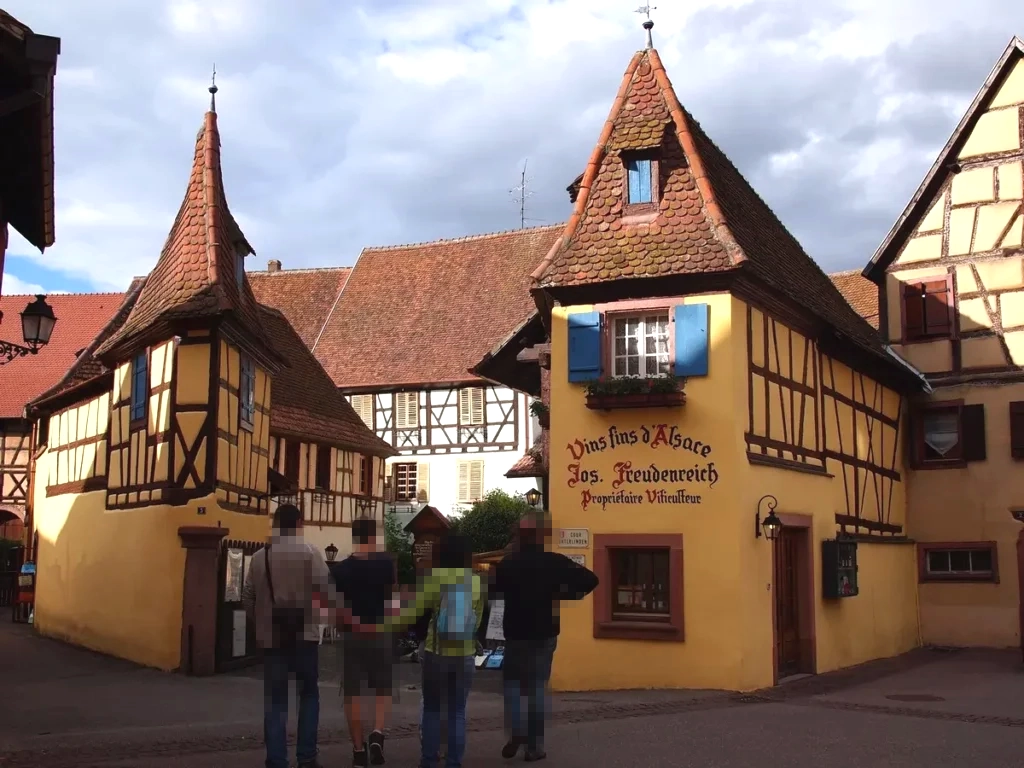
2
31. Colmar
Old town. Museum Unterlinden (link). Bartholdi Museum (link).
The old houses that are considered the most interesting in Colmar:
Adolf’s house (maison Adolph, partly 1350),
old customs house (Ancienne Douane, 1480),
Pfister’s house (Maison Pfister, 1537),
House of heads (maison des Tetes, 1609).
Don’t forget to visit the church of St. Martin (1234–1365), Petite Venise quarter, Quartier des Tanneurs quarter, Fisherman’s quarter (Quartier de la poissonnerie).
Disadvantages of the city: the city is overly advertised, although the half-timbered part here is not so large and only museums and a small canal give a real advantage over other cities. It is very poorly with plans on the streets and with food in the evening (there is a queue for all cafes, and bakeries and other fast foods are closed).
Follow me
Museums in Colmar
In the former Dominican church, one of the medieval masterpieces is exhibited – Martin Schongauer’s painting “Madonna in the Arbor of Roses”.
Museum Unterlinden (Musee d’Unterlinden) located in the building of a former Dominican monastery. The collection contains outstanding works of medieval art, the most important of which is the Isenheim Altarpiece by Matthias Grünewald and Niklaus von Hagenau (1512-1516). Also exhibited are works by Martin Schongauer, Hans Holbein the Elder, Lucas Cranach the Elder and anonymous German and Alsatian masters, sculptures, stained glass windows. But the museum’s collection is not limited to medieval works. Archaeological finds (including mosaics of the 3rd century), silver and gold items, hunting and military weapons, musical instruments, furniture, household items of the 14th-19th centuries are presented and there is even modern art (Picasso, Pierre Bonnard, Monet, etc.).
The Bartholdi Museum is dedicated to the work of a local sculptor – the author of the Statue of Liberty.
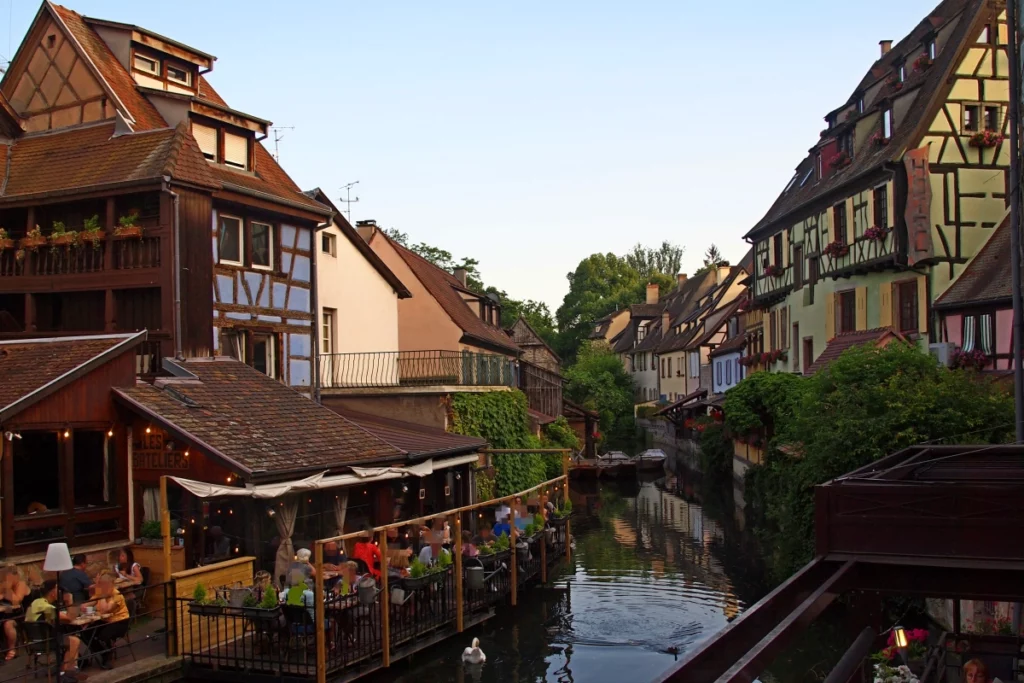
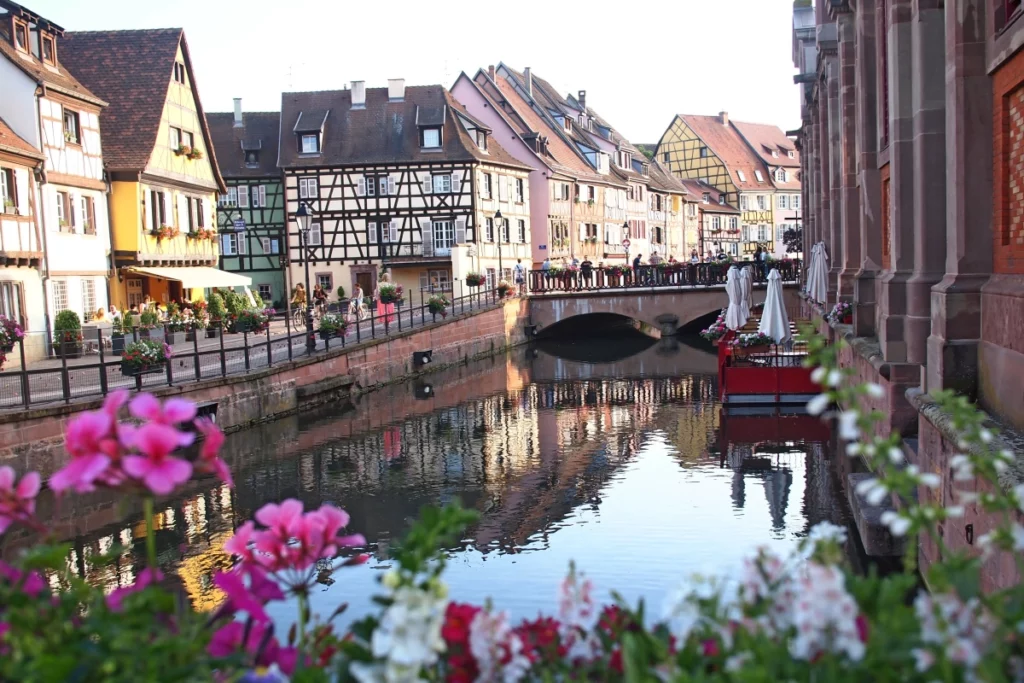


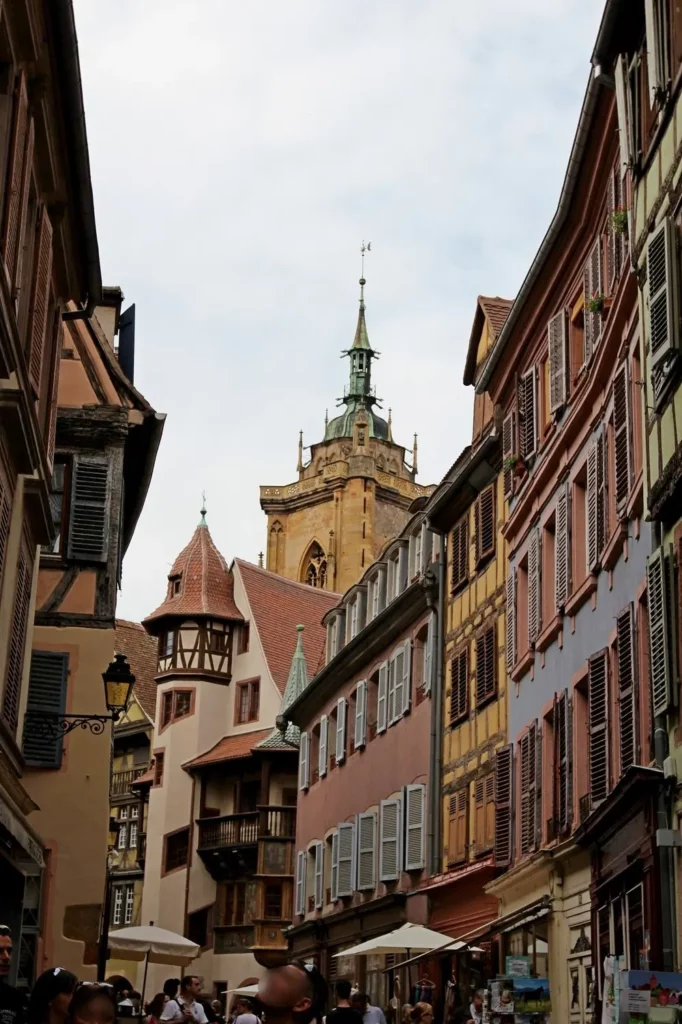
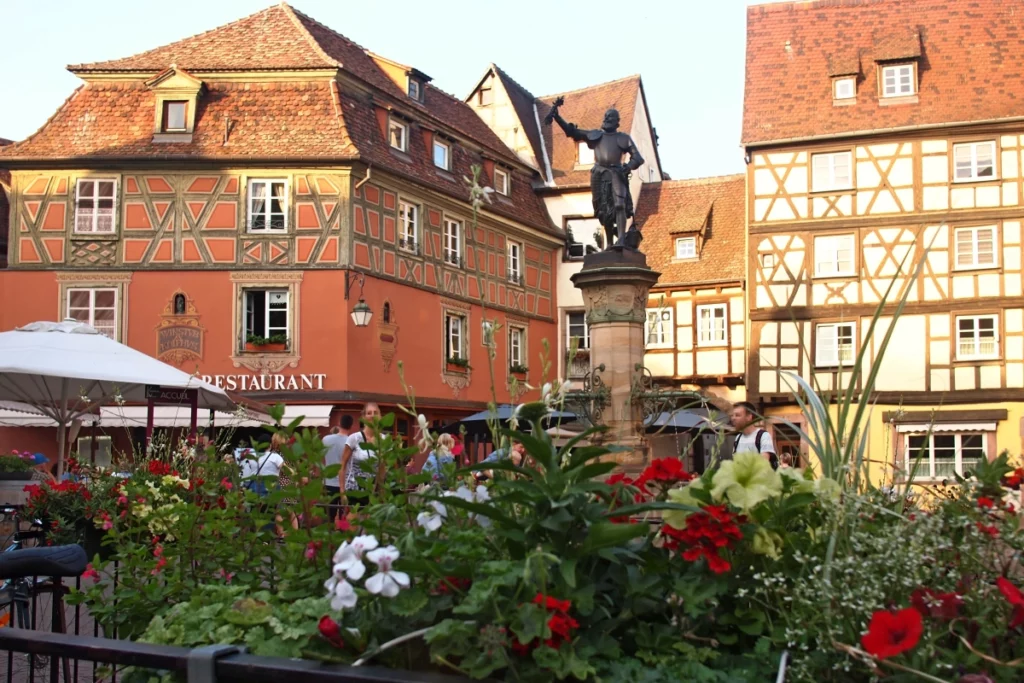


(3)
32. Neuf Brisach
Walled city designed by Vauban (UNESCO).
Activities associated with the proximity to the Rhine (water recreation, nature observation, cycling, etc.).
You can get to Neuf Brisach with the bus 1076 from Breisach (Germany) and Colmar.
All posts about #Alsace
What to see in Alsace. 1. Northern Alsace
Strasbourg (Strassburg). What to see
Selestat and around: Koenigsbourg Castle, Monkey Mountain, Cigoland
Alsace Wine Route. 1. Ribeauville, Riquewihr
Alsace Wine Route. 2. Kaysersberg and Eguisheim
Alsace public transport and welcome cards
Do you enjoy the site without cookies? This means that I work for you at my own expense.
Perhaps you would like to support my work here.
Or change your cookie settings here. I don’t use personalized ads

